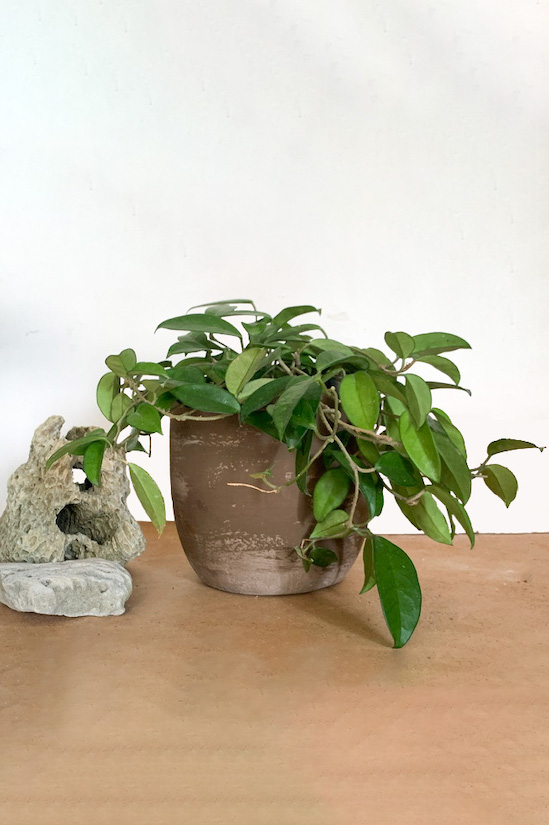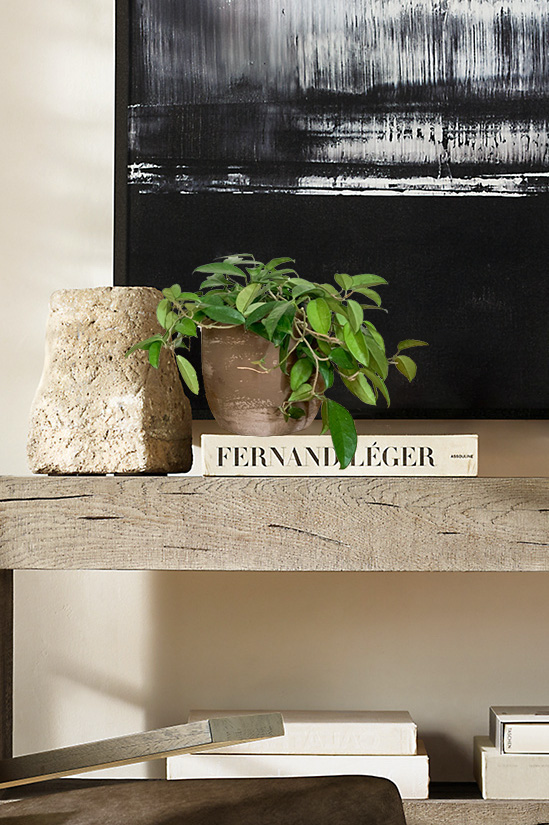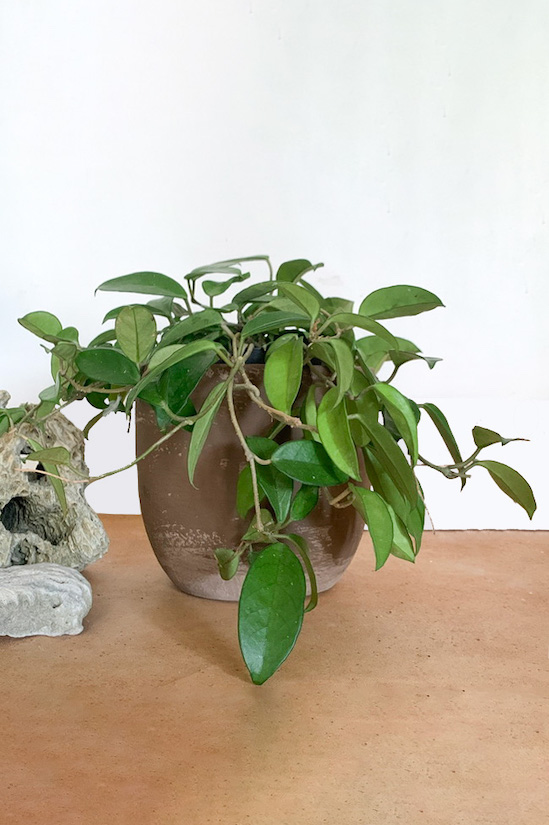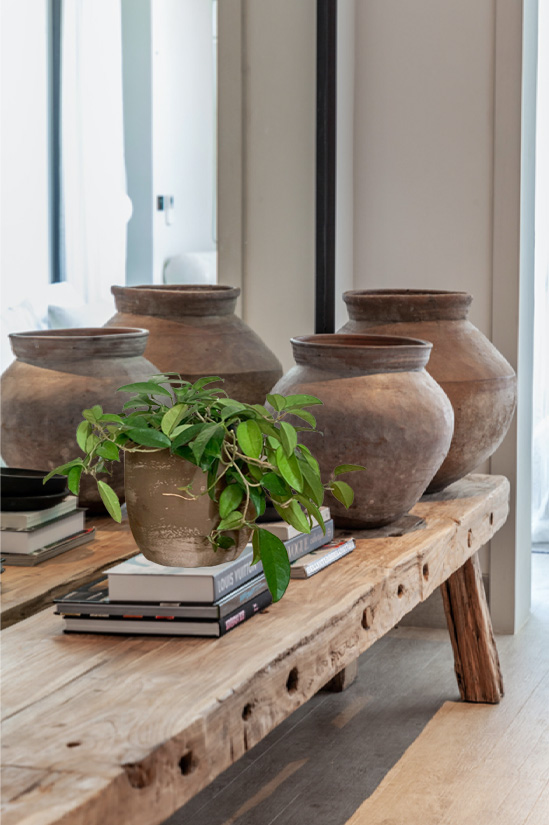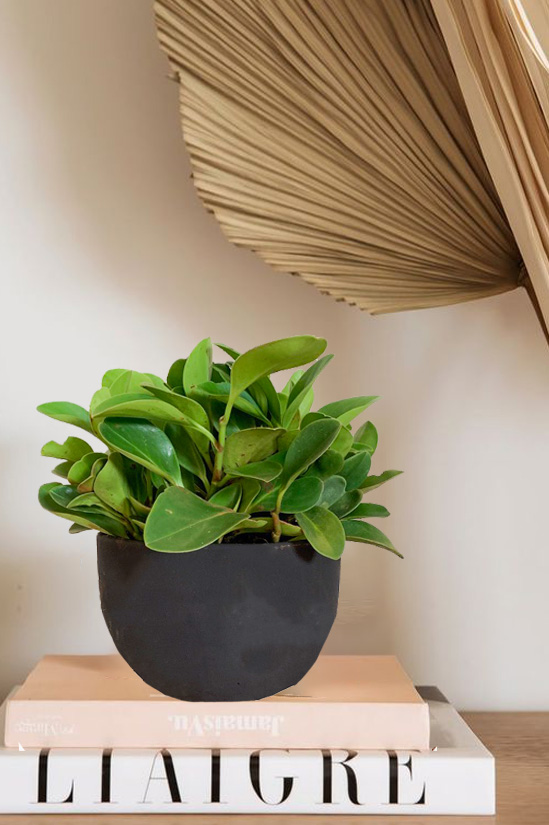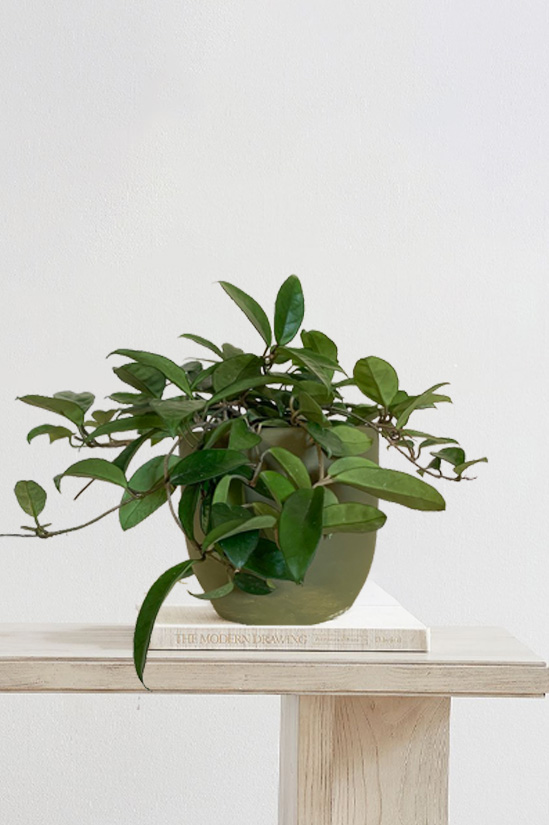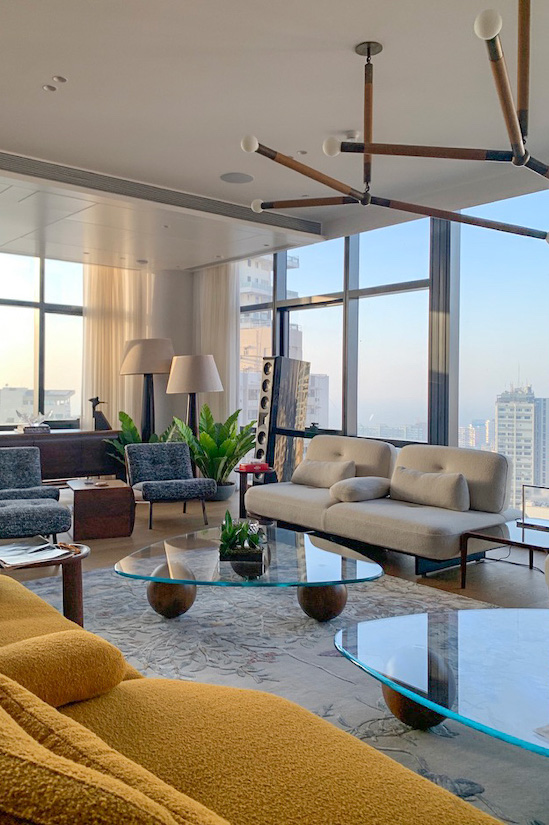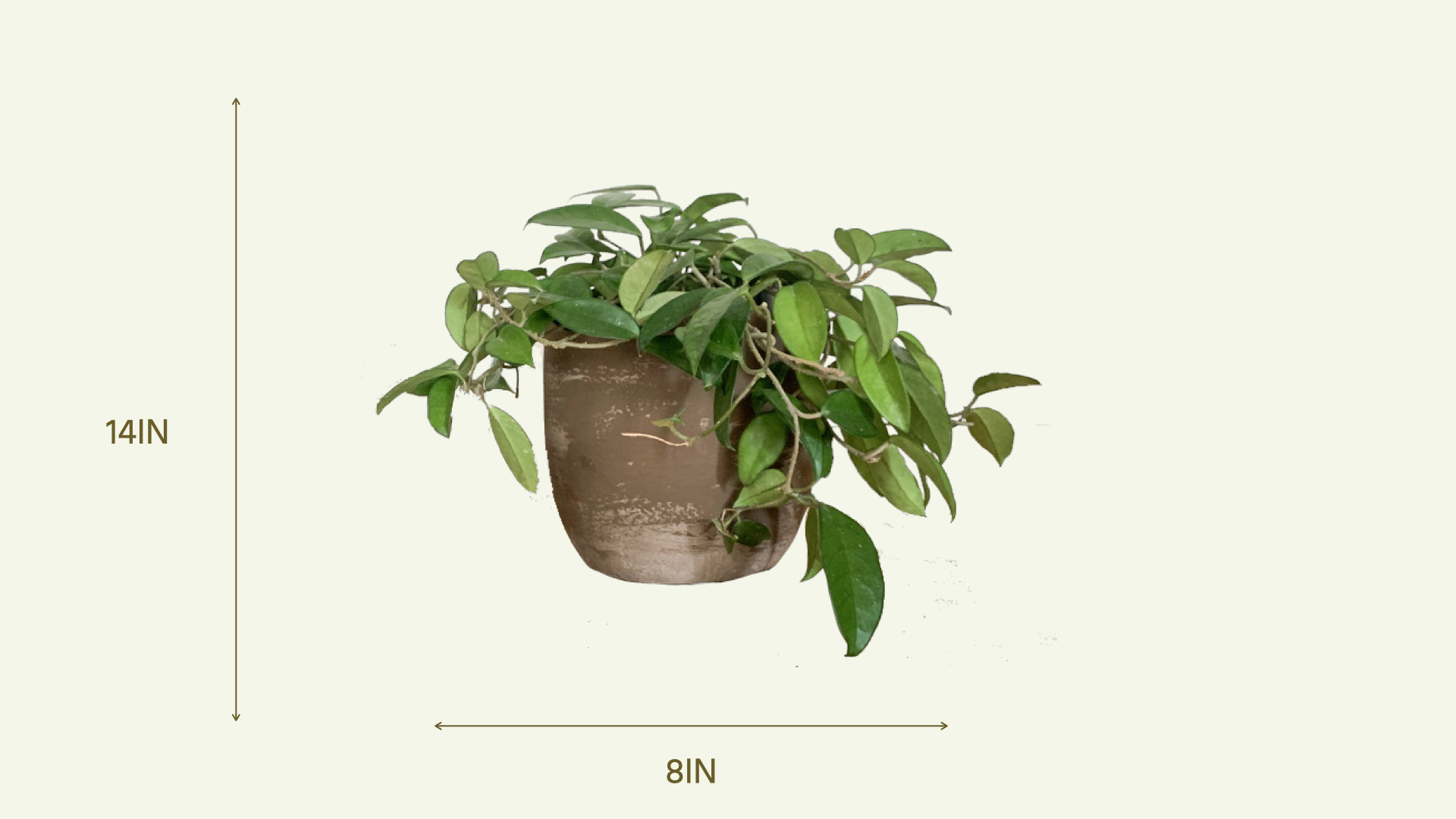Siporex
₹ 1,750
As cute as it looks. The Galle has slender vines covered with thick, waxy leaves. It's easy to care for and reliable enough to place on a shelf with limited lighting. Nestled in a vintage brown clay pot, it's elegant, bouncy and stylish.
Sunlight:
Texture: Nursery Plastic
Size: 1 1/2 Feet
- S
-
Description
As cute as it looks. The Galle has slender vines covered with thick, waxy leaves. It's easy to care for and reliable enough to place on a shelf with limited lighting. Nestled in a vintage brown clay pot, it's elegant, bouncy and stylish.
-
Size details
Base: 8" x 8"
Size guide
-
Material description
Dream material. Cork is great looking and nice to touch. It's also fireproof, water resistant and lighter than water, so it's easy to transport. The raw material itself is derived from the outer bark of the quercus suber tree, commonly known as the cork oak. Once sheared, the bark grows back quickly, making this material a sustainable alternative to plastic. It doesn’t require cutting the tree down – it’s just skinning it. Today it’s experiencing a resurgence in design and architecture due to the fact that it’s recyclable and carbon negative and brings contemporary glamour wherever its placed.
-
Material details
Step aside, industrial manufacturing.
Ceramics are made from earth. They’re imperfect, but that’s what makes them beautiful. Our clay pots are handmade by an artist in Gujarat. The result? One-of-a-kind pieces of art and a warmth in our spaces we’re craving. -
Material details
There’s something special about the perfectly-imperfect nature of ceramics. The raw touch, the way the light comes through and that it’s made from the earth all make a ceramic base more than a container.
After decades of using impersonal industrial products, clay, artisans and local manufacturing is making a comeback in interior decor.
Our ceramics are handmade by an artist in northern Gujarat using wild clay that is as minimally processed as possible. This art form is thousands of years old and allows us to go back to a simpler time. A material that is sustainable and low-polluting, clay gives us the relaxed warmth we’re craving. -
Material details
There’s something special about the perfectly-imperfect nature of ceramics. The raw touch, the way the light comes through and that it’s made from the earth all make a ceramic base more than a container.
After decades of using impersonal industrial products, clay, artisans and local manufacturing is making a comeback in interior decor.
Our ceramics are handmade by an artist in northern Gujarat using wild clay that is as minimally processed as possible. This art form is thousands of years old and allows us to go back to a simpler time. A material that is sustainable and low-polluting, clay gives us the relaxed warmth we’re craving. -
Material details
There’s something special about the perfectly-imperfect nature of ceramics. The raw touch, the way the light comes through and that it’s made from the earth all make a ceramic base more than a container.
After decades of using impersonal industrial products, clay, artisans and local manufacturing is making a comeback in interior decor.
Our ceramics are handmade by an artist in northern Gujarat using wild clay that is as minimally processed as possible. This art form is thousands of years old and allows us to go back to a simpler time. A material that is sustainable and low-polluting, clay gives us the relaxed warmth we’re craving. -
Material details
There’s something special about the perfectly-imperfect nature of ceramics. The raw touch, the way the light comes through and that it’s made from the earth all make a ceramic base more than a container.
After decades of using impersonal industrial products, clay, artisans and local manufacturing is making a comeback in interior decor.
Our ceramics are handmade by an artist in northern Gujarat using wild clay that is as minimally processed as possible. This art form is thousands of years old and allows us to go back to a simpler time. A material that is sustainable and low-polluting, clay gives us the relaxed warmth we’re craving. -
Care details
Hoyas are increasingly popular houseplants, thanks to their easy-going nature.
What it likes: Medium to bright indirect light. Less is more when it comes to watering; we like to wait until the leaves pucker slightly.
What it dislikes: Direct sun, artificial light, dark corners. -
Care details
It likes a shady spot in a bright room that doesn't get direct sunlight. In nature, it grows under canopies of plants where light is filtered. It may take some moving around to find the perfect spot.
It doesn't need much water – roughly twice a week. More in the hot, summer months, less in the monsoon and cooler seasons. -
Care details
It likes a shady spot in a bright room that doesn't get direct sunlight. In nature, it grows under canopies of plants where light is filtered. It may take some moving around to find the perfect spot.
It doesn't need much water – roughly twice a week. More in the hot, summer months, less in the monsoon and cooler seasons. -
Material details
There’s something special about the perfectly-imperfect nature of ceramics. The raw touch, the way the light comes through and that it’s made from the earth all make a ceramic base more than a container.
After decades of using impersonal industrial products, clay, artisans and local manufacturing is making a comeback in interior decor.
Our ceramics are handmade by an artist in northern Gujarat using wild clay that is as minimally processed as possible. This art form is thousands of years old and allows us to go back to a simpler time. A material that is sustainable and low-polluting, clay gives us the relaxed warmth we’re craving. -
Care details
It likes a shady spot in a bright room that doesn't get direct sunlight. In nature, it grows under canopies of plants where light is filtered. It may take some moving around to find the perfect spot.
It doesn't need much water – roughly twice a week. More in the hot, summer months, less in the monsoon and cooler seasons. -
Material details
There’s something special about the perfectly-imperfect nature of ceramics. The raw touch, the way the light comes through and that it’s made from the earth all make a ceramic base more than a container.
After decades of using impersonal industrial products, clay, artisans and local manufacturing is making a comeback in interior decor.
Our ceramics are handmade by an artist in northern Gujarat using wild clay that is as minimally processed as possible. This art form is thousands of years old and allows us to go back to a simpler time. A material that is sustainable and low-polluting, clay gives us the relaxed warmth we’re craving.
The Charcoal base has a rough, textured finish and looks a bit worn out, like it's an antique. The Raw Terracotta base is beautiful but fragile like glass. -
Care details
It likes a shady spot in a bright room that doesn't get direct sunlight. In nature, it grows under canopies of plants where light is filtered. It may take some moving around to find the perfect spot.
It doesn't need much water – roughly twice a week. More in the hot, summer months, less in the monsoon and cooler seasons. -
Plant details
Hoyas which originate in the South Asian jungle are often called a “wax plant” due to its thick waxy leaves. It’s a classic because it lives forever and grows to be enormous. Hoyas have many beautiful varieties of which this is probably the most commo – Hoya Carnosa. Its dark green, large, almond-shaped leaves grow on long vines.
Outdoors one of its most striking aspects is their its flowers. Tiny flowers clusters together to create an umbel.
You can train a hoya plant as a vine, or allow it to trail over the side of the container. Either way, expect the full length or height of the plant to be 2 to 4 feet.




